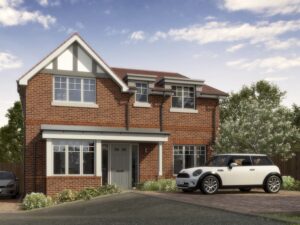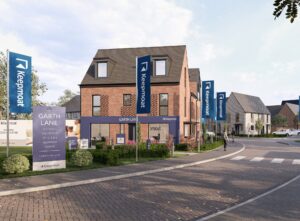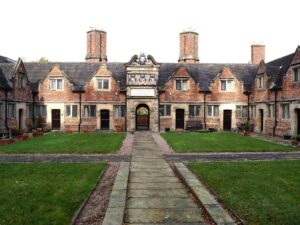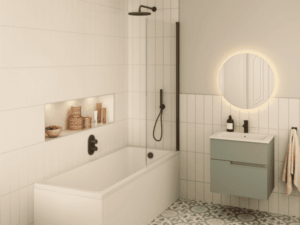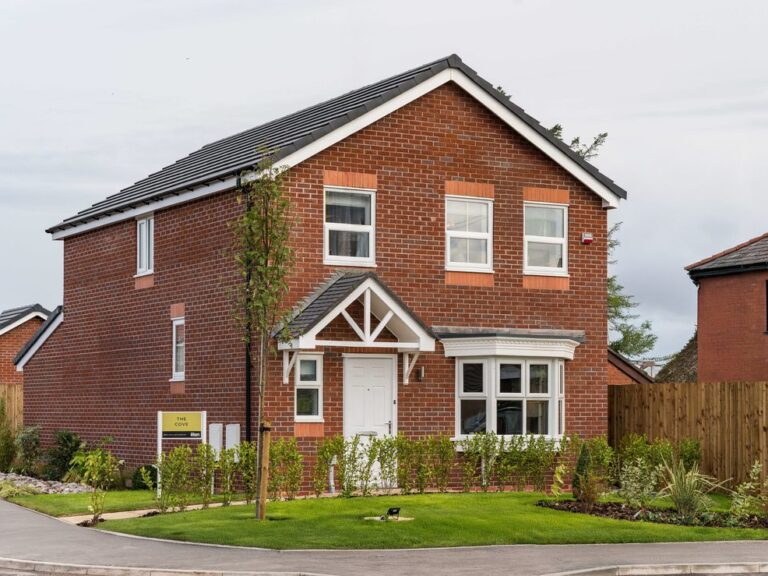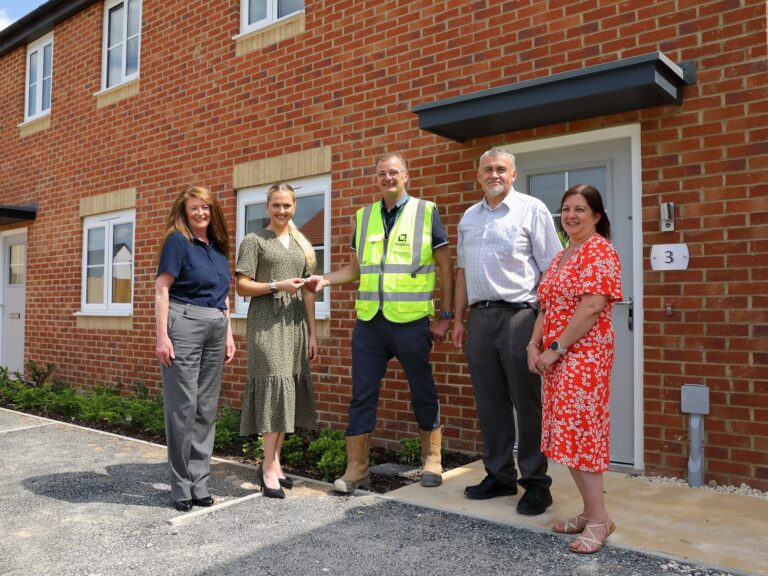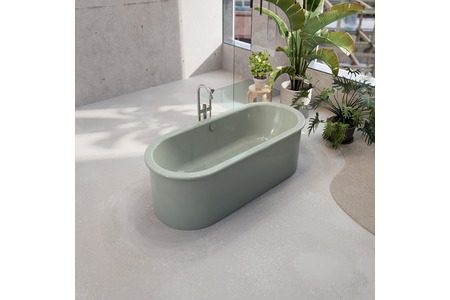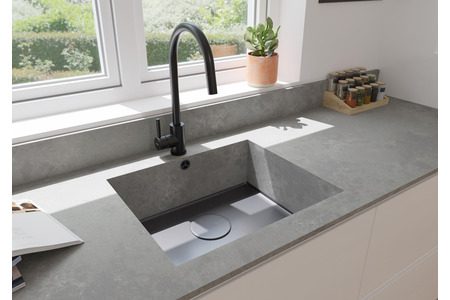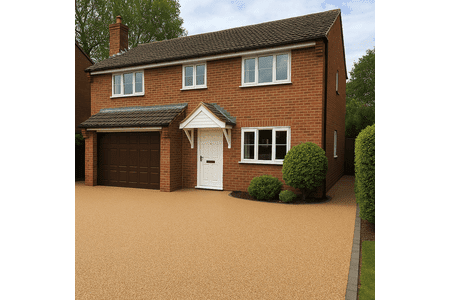Showhome talks exclusively to Mark Gratton, Land & Partnerships Director, at BTR provider, Wise Living to discover the benefits of partnering with housing developers

What encouraged Wise Living to partner with housebuilders to deliver Build to Rent (BTR) developments?
We’ve known for some time that suburban areas, especially in smaller cities and large towns, have an undersupply of quality rental homes so it’s a core part of our strategy to deliver properties to these areas.
In the last few years we have worked with housing developers on sites in locations including Coventry, Wolverhampton, Birkenhead, Boston and Mansfield. It made absolute sense for us to partner with housing developers who share the same vision as us. Not only do our house builder partners have years of experience building homes in suburban areas, but they also care about the quality of the build and the community that those homes form a part of. Those things are essential to our values and what we want to achieve.
Harnessing our partner developers’ experience as housing builders has been crucial to the success of our developments. We have worked with developers including Lovell Homes, Strata, Engie and Keon Homes to plan, build and deliver BTR communities that families love to call home.
We recognise that there is a real opportunity for housing developers in BTR right now as the sector continues to grow – in fact according to Knight Frank, 2021 will be a record-breaking year for investment into the BTR sector.
What are the benefits of mixing open-market and BTR units on developments?
For developers, the benefits are essentially two-fold – new revenue streams and reduced risk on sites.
Let’s say for instance, a housebuilder has an open market site with 200 properties on it. That’s 200 homes that the developer needs to sell. By working with a BTR provider like ourselves, 50-100 of those homes could be BTR instead and we would, forward fund, market and manage those properties. It reduces the housebuilders sales exposure and can accelerate delivery on site.
It’s also important to consider the increased activity BTR brings to a site at an earlier stage. What I mean by increased activity is that the typical timeline for moving residents into a new rental property is much quicker than for those who are buying a house. So, on a site where you have a mix of open-market and BTR, you can fill the BTR homes up much quicker and the community builds with it. It means when developers are selling phases of the open market homes, there’s already a community on site making the development more enticing to people looking to buy their next home – rather than it still feeling like a construction site.
Why do you think the demand for private rented properties is increasing?
I actually think it’s the demand from families for quality rental homes that’s increasing. I think rental demand has always been high, especially from students, young professionals looking for properties in inner cities and towns, but now we are seeing families expecting the same quality from a rental home as they would if they were buying one and I think the pandemic has certainly played its part.
I feel that the demand to live in quieter areas with greater access to green spaces has only grown due to the impact of lockdown on how we work – with many people now flexible or hybrid working.
This is actually backed by our research that we carried out into the rental market earlier this year. It found that only just over a third of UK renters now consider living close to work as an important factor in finding their next home. While 45 per cent put access to green spaces in their top three priorities. It’s clear renters now want to live well, rather than live near.
Finally, I think that sense of flexibility that hybrid working has afforded many of us has led to a more rounded lifestyle change. People don’t want to be as tied down as they used to, and renting a home, that is as high quality as an open market property, gives more people the option to not be fixed to a location for too long but still be able to live in the comfort they’d expect with buying.
Has the property market boom, causing increased house prices, changed the view of renting for young buyers?
I think cost is just one reason that many young people choose to rent. Again, it’s going back to flexibility. I think the pandemic has set a precedent for how flexible our lifestyles can actually be – we don’t need to be fixed to a desk anymore, technology allows us to work from where we want and that’s had an impact on where we want to live and for many young people whether they want to buy.
I think that flexibility is transgressing into all other areas of life, and I think young people want that flexibility in much of what they do. They want to be able to travel, to live in new places and not be tied down to a location. To some degree I think that’s always been true of younger generations particularly in the last few decades.
What are some of the main ways that Wise Living properties make tenants feel at home?
Community is a big thing for us. As a BTR provider, we work with developers right from the planning stage through to managing the properties once residents move in. So for us, throughout that whole process we are considering what would make a great home for our residents and how we can make it a safe and attractive community to live in. As an example, we hold community events such as pizza nights, which due to the pandemic are currently socially distanced.
We choose locations that we know are what UK families are currently looking for. Most of our neighbourhoods are within walking distance of green spaces, parks and close to important amenities.
Also, the quality of the homes is important too. We work with experienced house builders, who value quality, so all our properties have the comfort, feel and look of a property you would expect to buy on the open market.
What are the biggest challenges facing the BTR industry today?
Although the BTR sector is still in its infancy, it has grown exponentially in the last few years. Even during the pandemic, where maybe there was a natural slow down on site due to lockdown in the first half of 2020, the overall figures for planning and investment in the sector were really positive and according to reports, broke records.
This year is a similar story. As previously mentioned, research into the first two quarters of this year represented record levels of investment for the sector, with Knight Frank predicting this year will go beyond last year in terms of level of investment. So BTR continues to ride the momentum it had pre-pandemic.
I think the key challenges for the sector are somewhat similar to the open market. Finding suitable land, access to skilled workers, supply of materials and keeping projects within cost and on time. But there is a lot to be positive about in the BTR market right now.
The interest from developers in moving into BTR continues to grow and there’s lots of investors and other well-known businesses like John Lewis looking to invest in the BTR market – as it is seen as a genuine way to create new stable revenue streams.
Wise Living struck a deal with PGIM Real Estate at the start of 2021, which will see us as part of that deal, work in partnership with the team there in the coming months to secure further BTR opportunities. So, I think right now, it’s a really exciting industry to be in.
To stay up to date on the latest, trends, innovations, people news and company updates within the UK property and housebuilding market please register to receive our newsletter here.
Media contact
Rebecca Morpeth Spayne,
Editor, Showhome Magazine
Tel: +44 (0) 1622 823 922
Email: editor@yourshow-home.com

